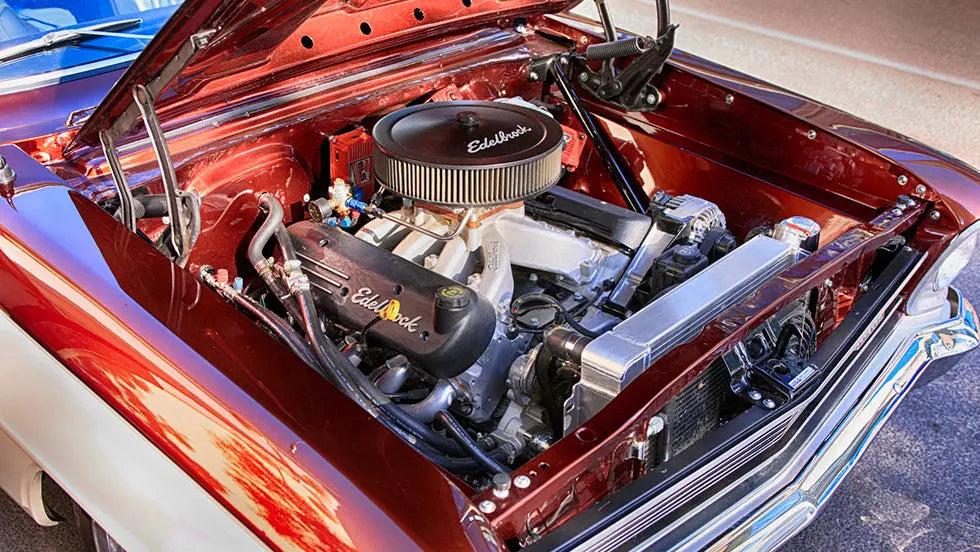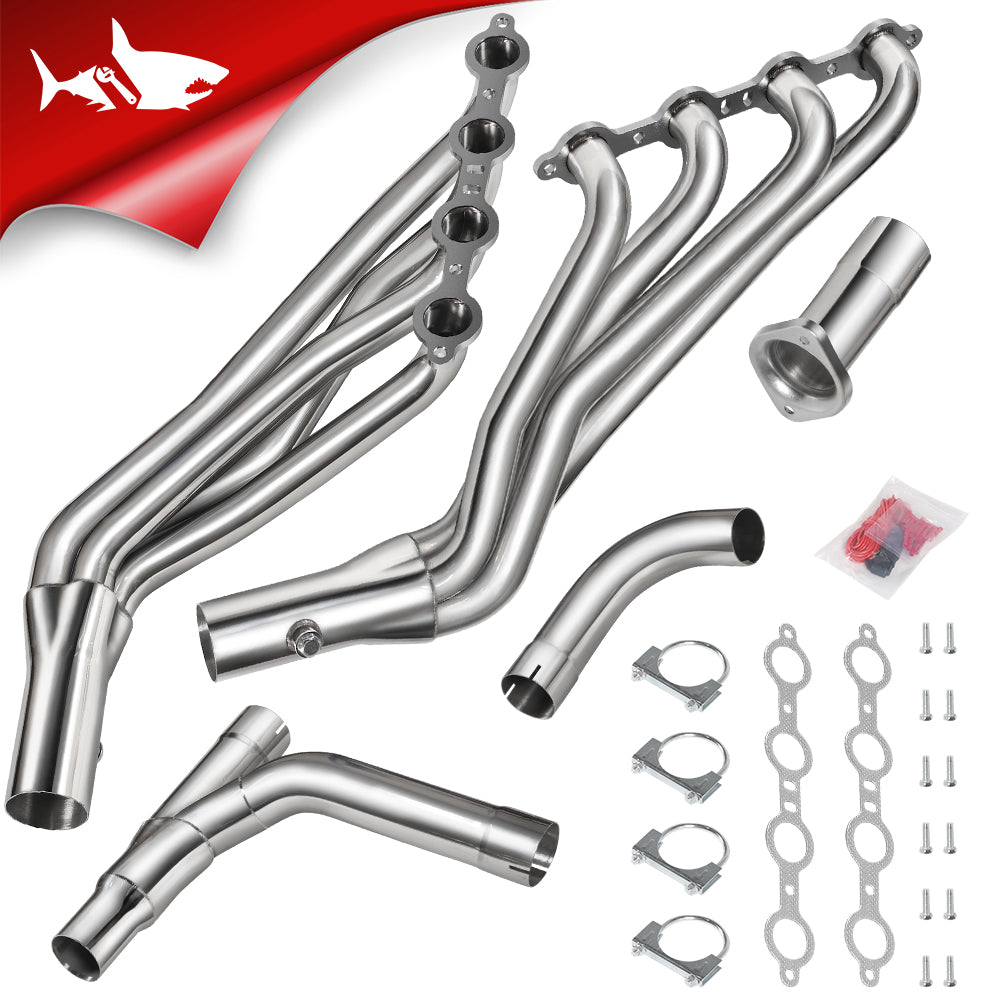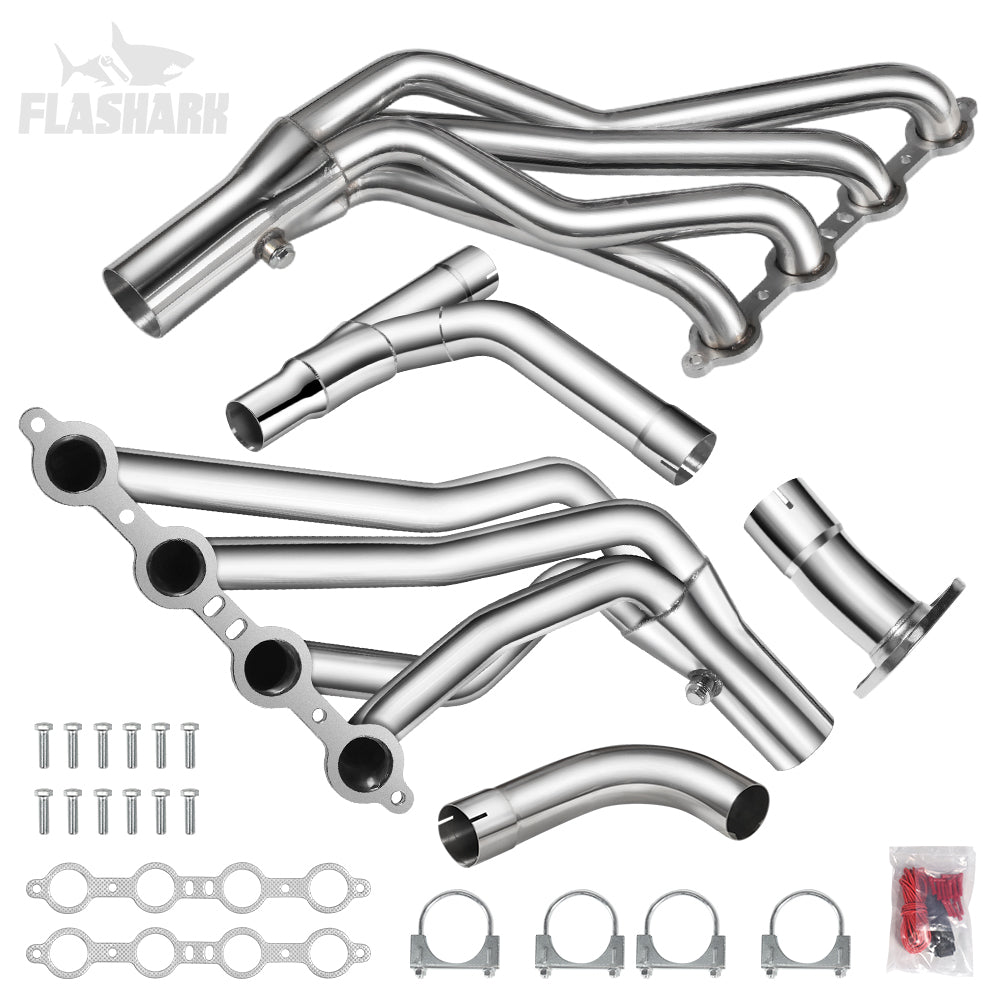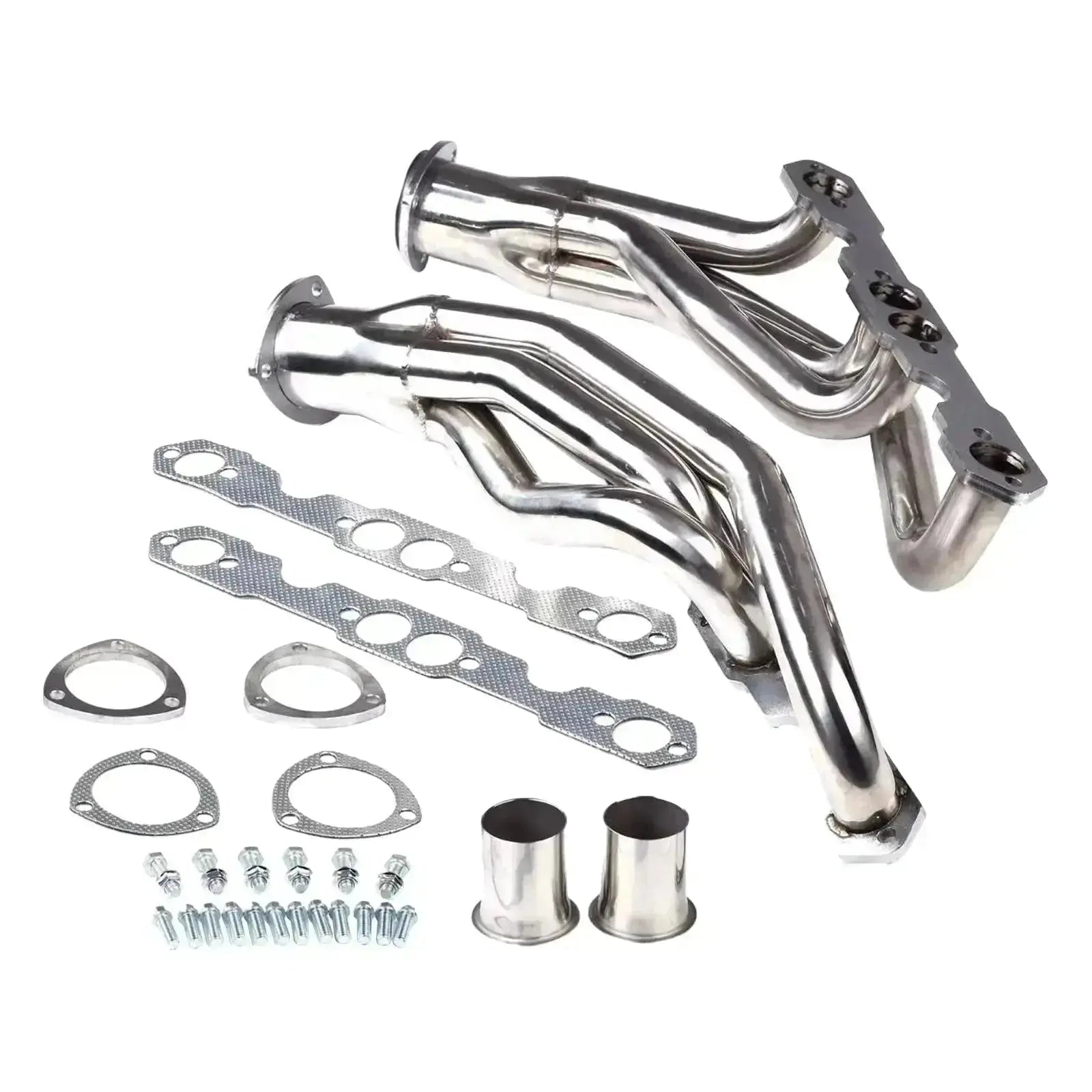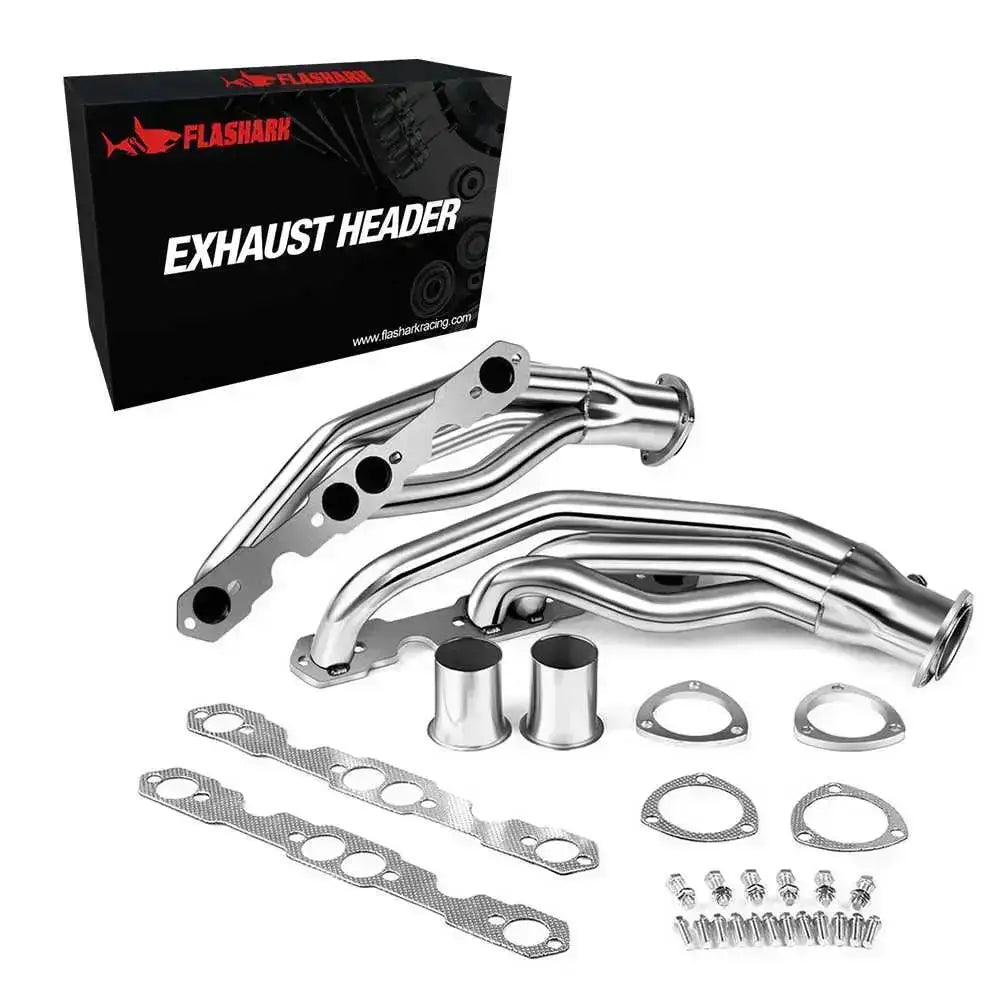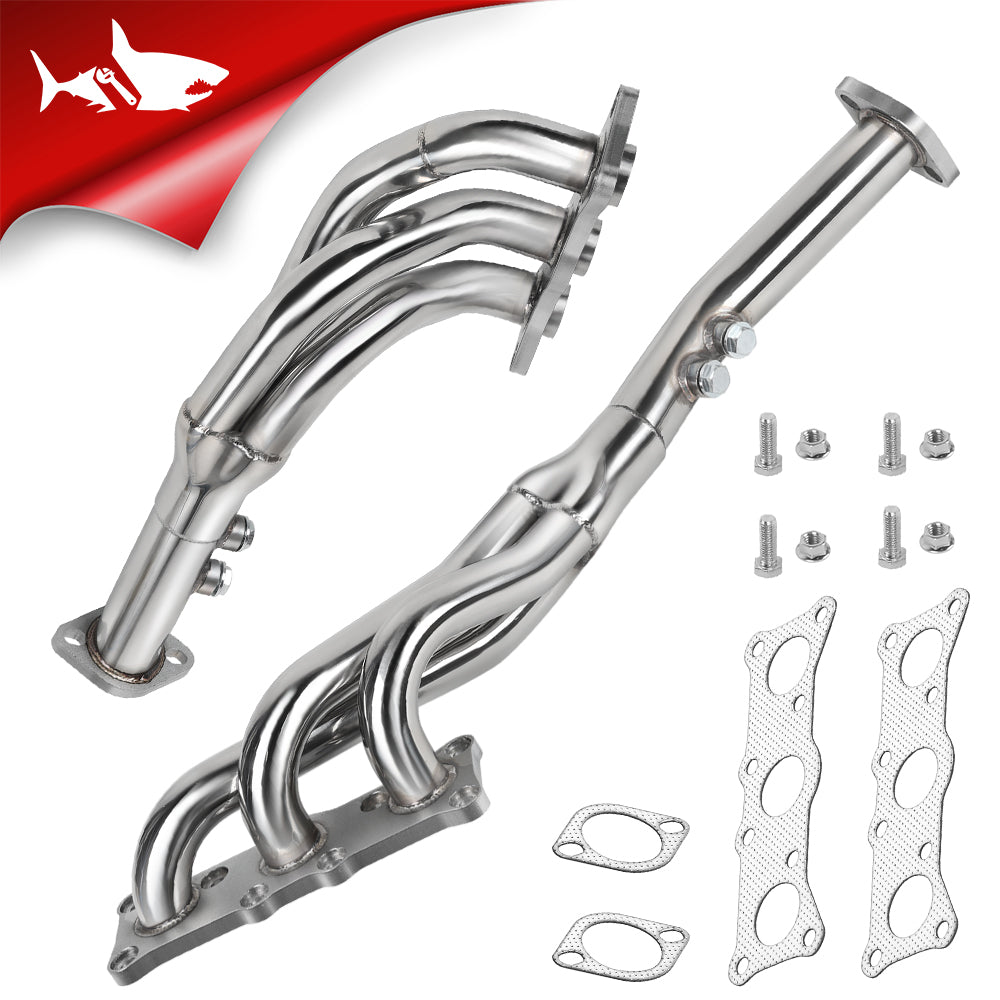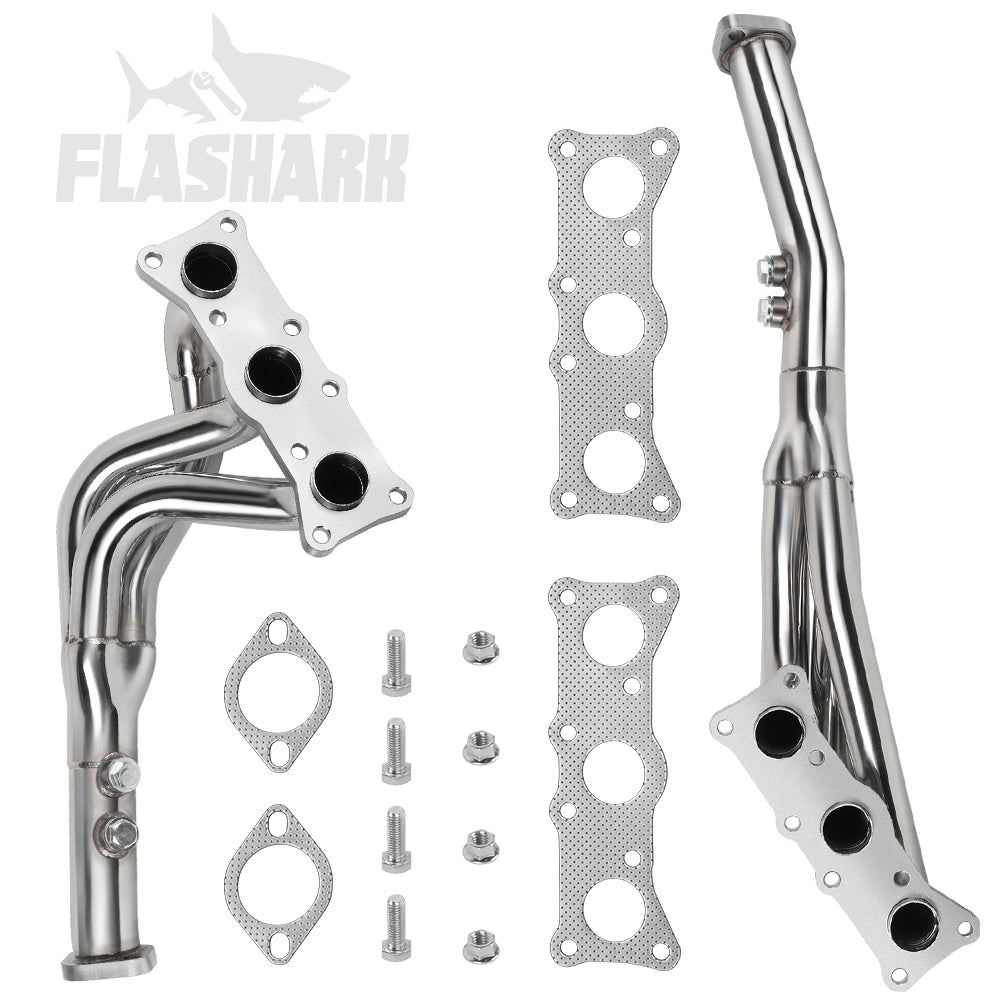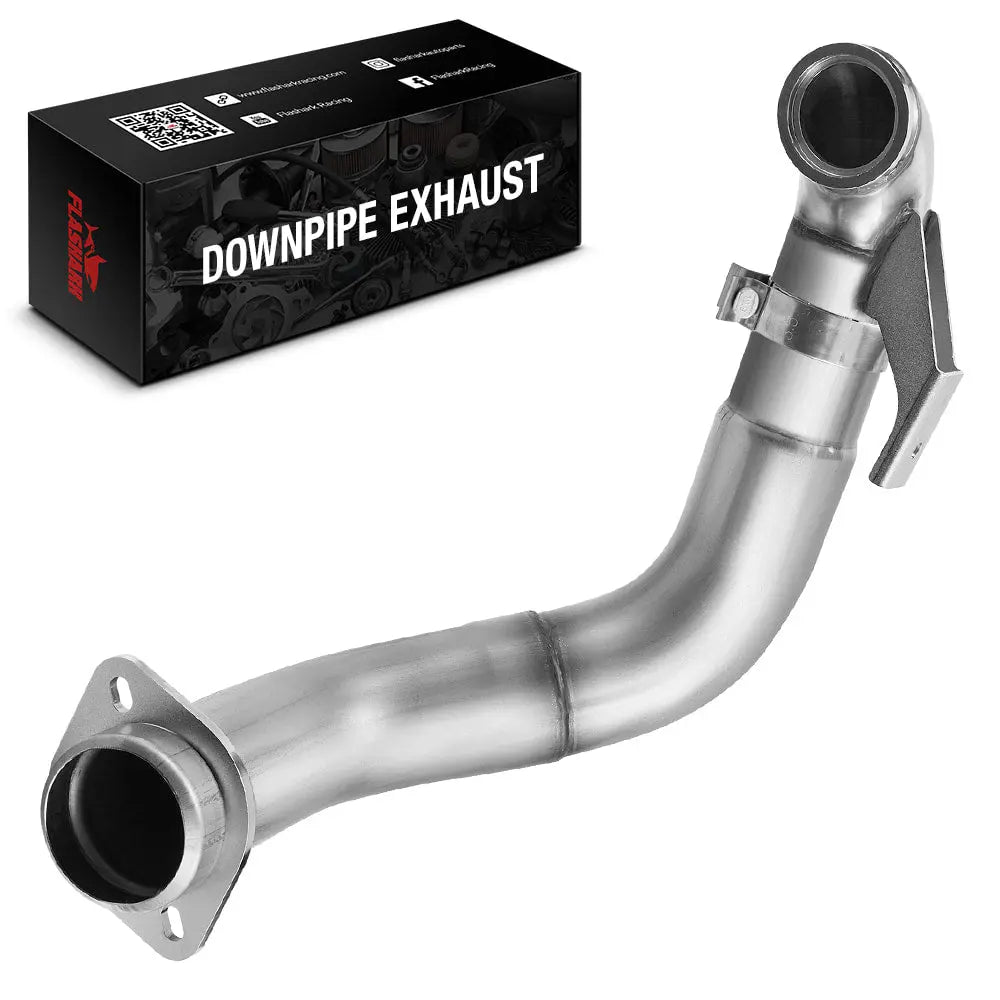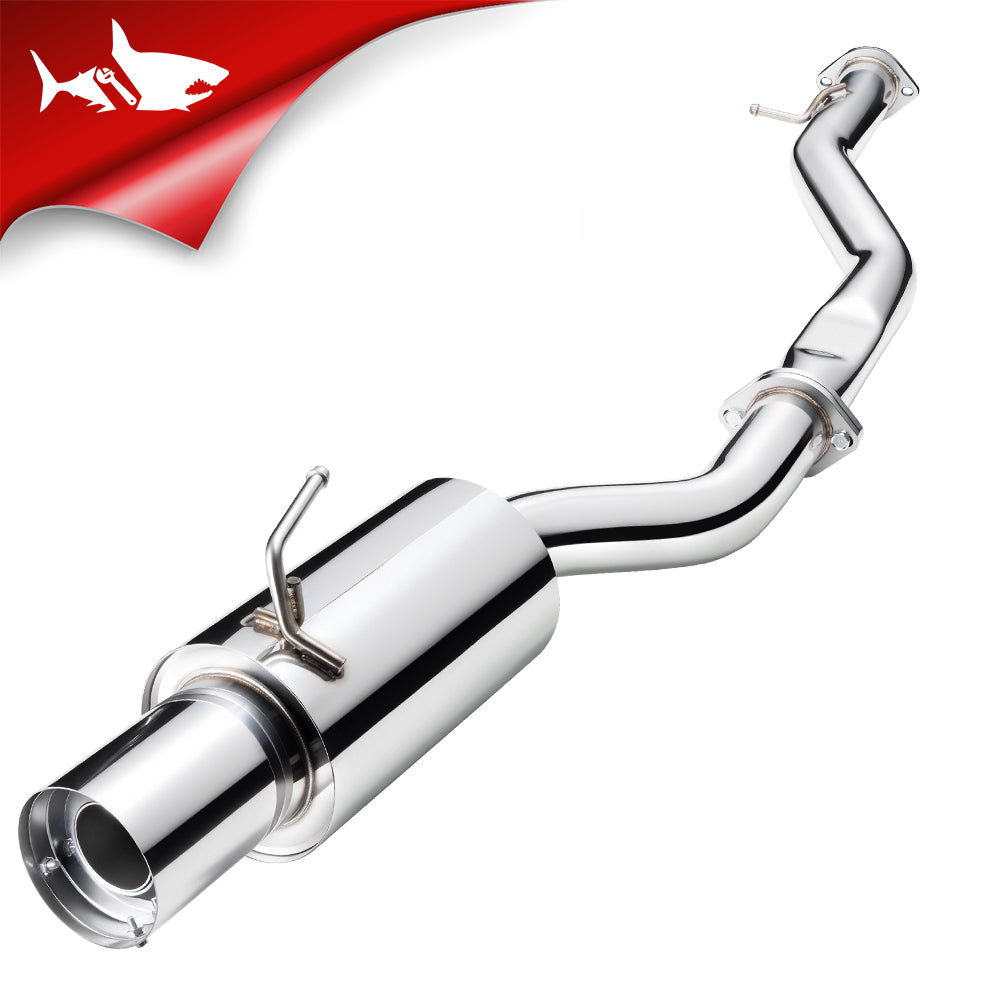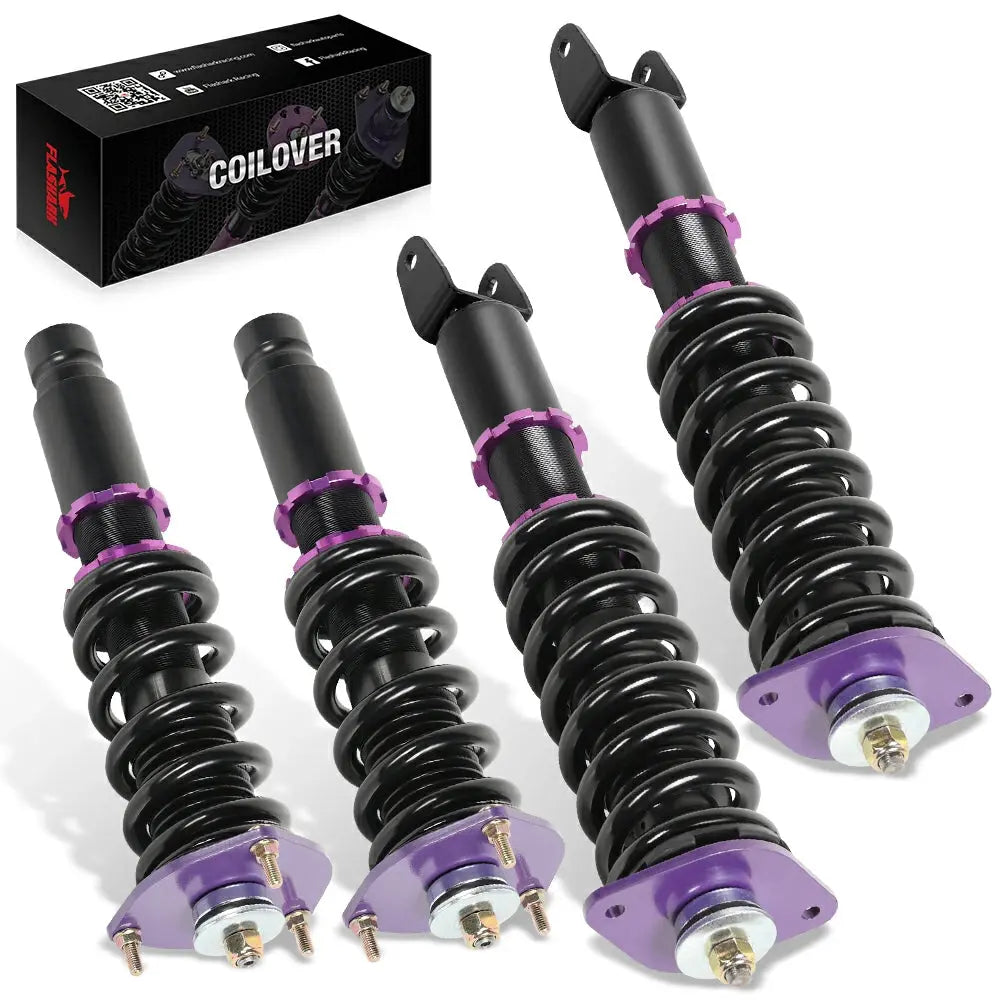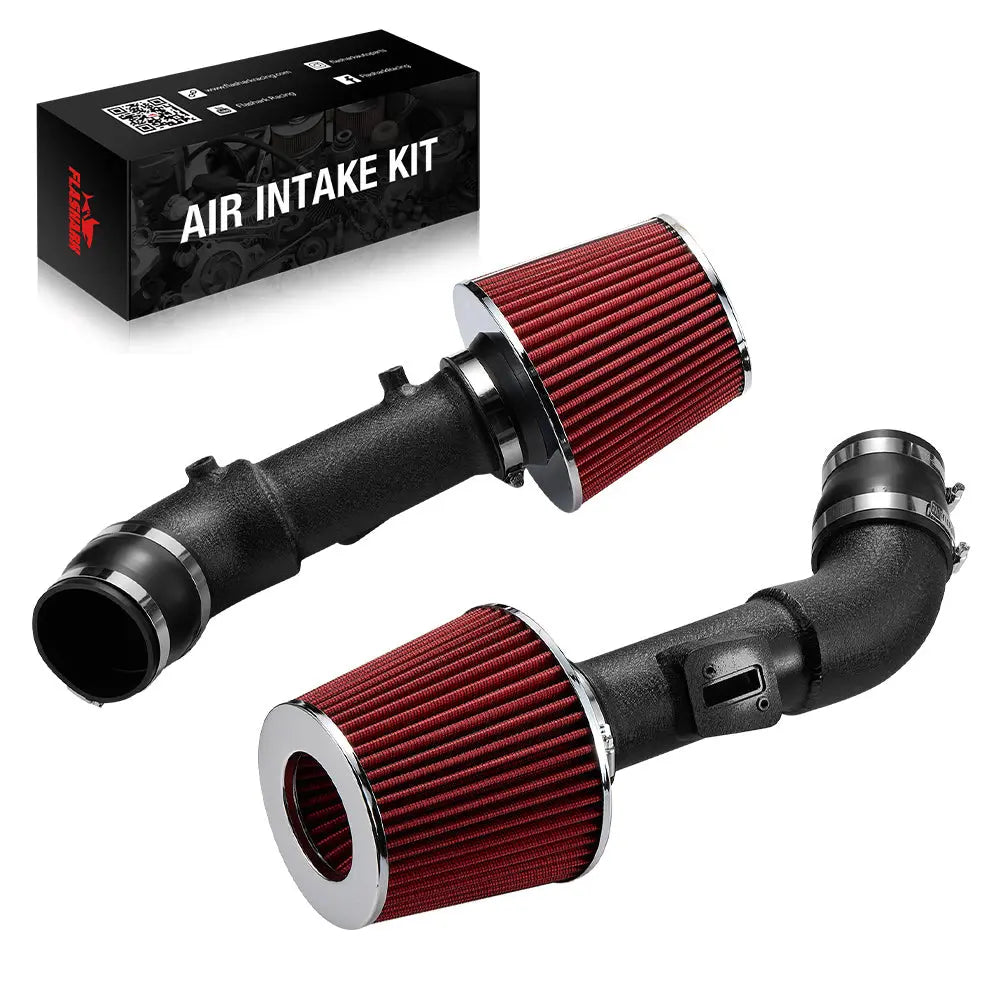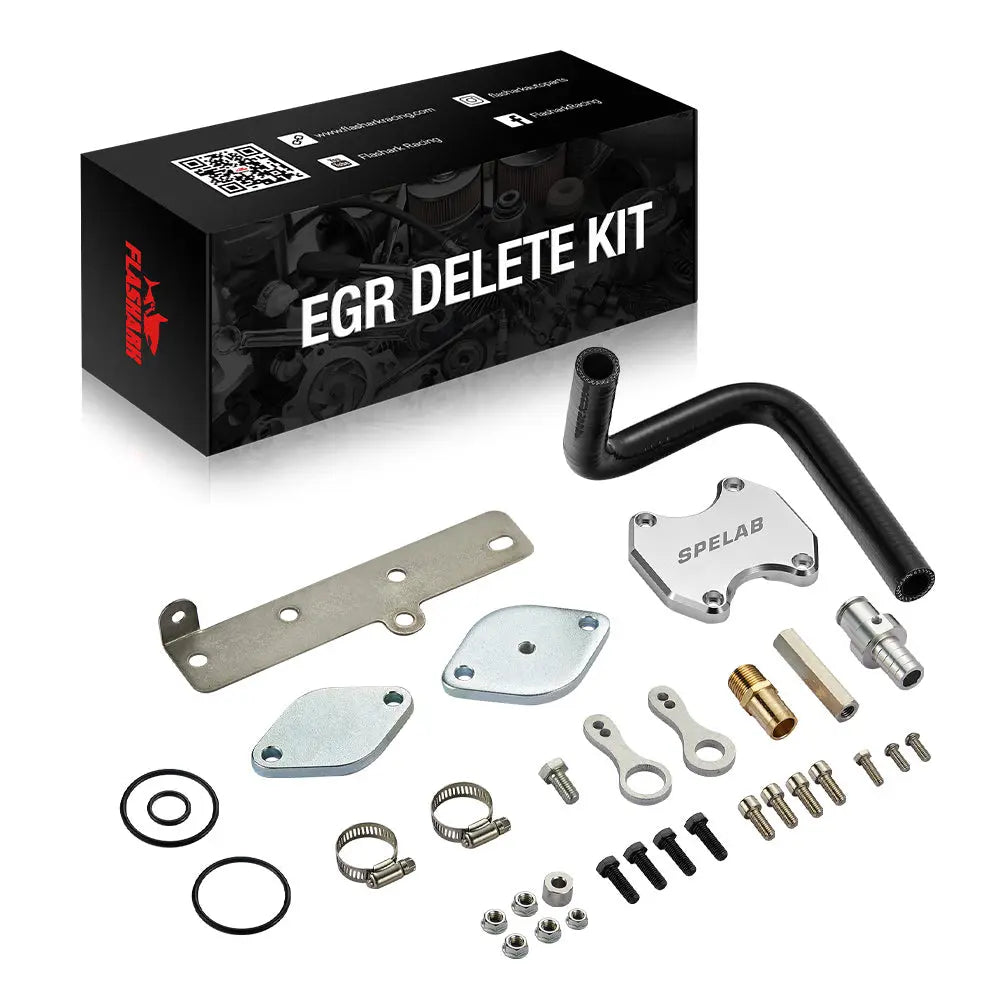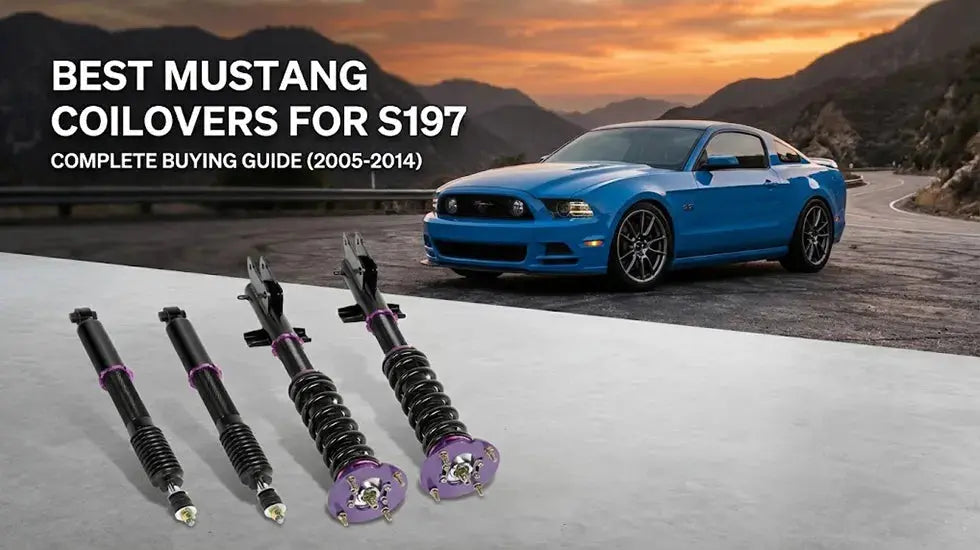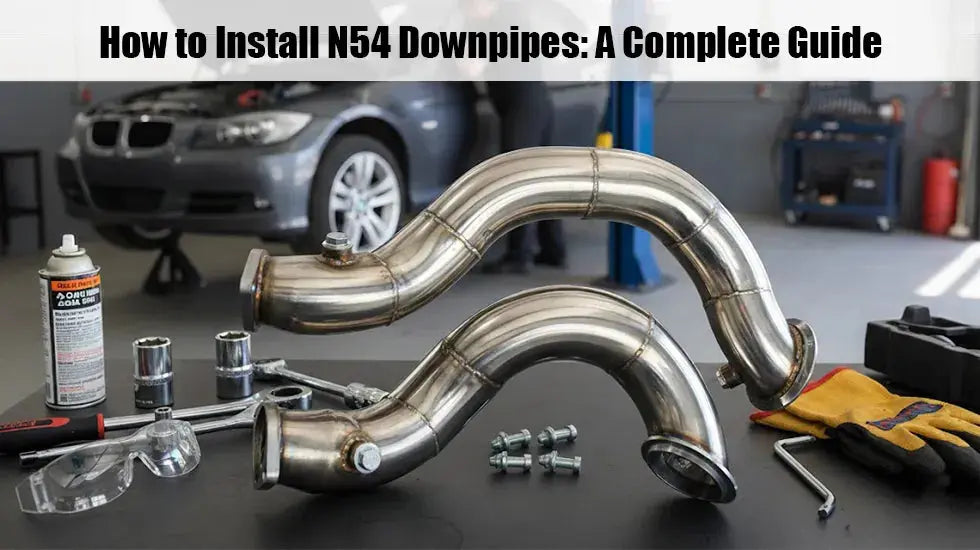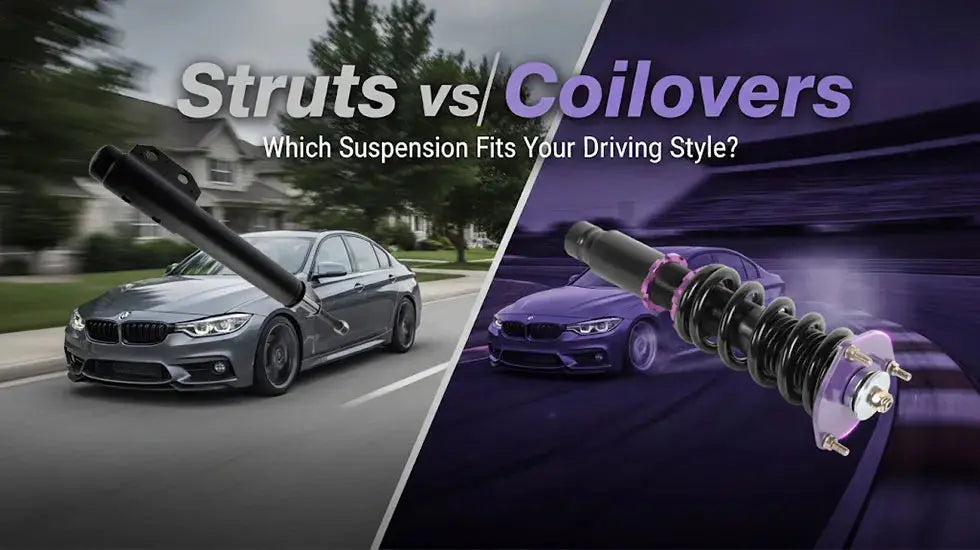Mejorar el motor de tu Chevy 350 con los colectores adecuados es una de las maneras más efectivas de optimizar su rendimiento. Los colectores están diseñados para optimizar el flujo de escape, reducir la contrapresión y aumentar la potencia y el torque. Pero con tantas opciones disponibles, ¿cuáles son los mejores colectores para tu Chevy 350? Este artículo te guiará sobre los tipos de colectores, los factores clave a considerar y te recomendará las opciones de mayor rendimiento para que tomes una decisión informada sobre tu motor.
Introducción a los cabezales para Chevy 350
Los colectores de escape desempeñan un papel crucial en la mejora del sistema de escape de un vehículo, especialmente en motores de alto rendimiento como el Chevy 350. Están diseñados para reemplazar los restrictivos colectores de escape originales, proporcionando una vía directa para que los gases de escape salgan del motor. Esto ayuda a reducir la contrapresión, permitiendo un mejor flujo de aire y un mayor rendimiento del motor. Para los propietarios de un Chevy 350, elegir los mejores colectores de escape puede marcar una diferencia significativa en la potencia, el par motor e incluso la eficiencia del combustible.
A la hora de elegir los mejores colectores de escape para un Chevy 350, la elección correcta depende de tus objetivos de rendimiento, la configuración del motor y tu presupuesto. Los colectores vienen en varios tipos, materiales y diseños, y para elegir el ideal es necesario comprender cómo estos factores afectan el rendimiento de tu vehículo.

Tipos de cabezales para Chevy 350
Colectores de tubo largos
Los colectores de tubo largo se consideran la mejor opción para maximizar la potencia y el par motor, especialmente a altas RPM. Estos colectores tienen tubos primarios largos que permiten que los gases de escape fluyan con mayor libertad, mejorando así la eficiencia del motor. ¿Cuáles son los mejores colectores para una Chevy 350 si buscas aumentar la potencia a altas revoluciones? Los colectores de tubo largo son una excelente opción para coches de pista, para carreras de arrancones o cualquier vehículo de alto rendimiento donde el máximo flujo de escape sea crucial.
Suelen proporcionar un aumento significativo de potencia, de entre 10 y 20 hp, dependiendo de otras modificaciones del motor. Sin embargo, los colectores de tubo largo pueden requerir más espacio y pueden ser difíciles de instalar en vehículos con espacio limitado en el compartimento del motor.
Encabezados cortos
Los colectores cortos, por otro lado, ofrecen un diseño más compacto, lo que los hace ideales para aplicaciones urbanas con espacio limitado. Estos colectores suelen ser más fáciles de instalar y ofrecen mejoras en el par motor a bajas revoluciones. Si bien no ofrecen las mismas mejoras de rendimiento que los colectores de tubo largo, los colectores cortos siguen siendo una valiosa mejora para quienes buscan un aumento moderado de potencia sin grandes modificaciones.
Si se pregunta cuáles son los mejores colectores de escape para un Chevy 350 para mejorar el rendimiento diario, los colectores cortos son una excelente opción. Ofrecen una manera rápida y sencilla de mejorar la eficiencia del motor sin sacrificar la fiabilidad ni el sonido.
Factores a considerar al elegir colectores de escape para Chevy 350
Tipo de motor y nivel de modificación
Lo primero que debes considerar es el tipo de motor que tienes y el nivel de modificación que buscas. Un Chevy 350 de aspiración natural se beneficiará más de colectores de tubo largo, especialmente si planeas llevar el motor a mayores RPM. Por otro lado, si solo buscas mejorar el sonido o un ligero aumento de rendimiento, los colectores cortos pueden ser suficientes.
Si tiene un motor muy modificado con una actualización del árbol de levas, mayor compresión o inducción forzada (turbo o supercargador), los colectores de tubo largo complementarán estos cambios al optimizar el flujo de escape.
Restricciones de espacio
Antes de elegir un juego de colectores, asegúrese de que haya suficiente espacio en el compartimento del motor. ¿Cuáles son los mejores colectores para un Chevy 350 cuando el espacio es limitado? Los colectores cortos pueden ser la opción más adecuada en compartimentos de motor reducidos, especialmente para camionetas y vehículos con tracción en las cuatro ruedas (4WD). Los colectores de tubo largo, si bien ofrecen un mejor rendimiento, pueden requerir espacio adicional, lo que podría ser un problema para algunas configuraciones de motor.
Elección de materiales
Al elegir los colectores, el material juega un papel crucial tanto en la durabilidad como en el rendimiento. Los dos materiales más comunes para los colectores son el acero inoxidable y el acero con revestimiento cerámico. El acero inoxidable es conocido por su resistencia y capacidad para soportar altas temperaturas, lo que lo convierte en la mejor opción para la mayoría de las aplicaciones de alto rendimiento. Los colectores con revestimiento cerámico, aunque ligeramente más caros, ofrecen una mayor resistencia al calor, lo que reduce las temperaturas en el compartimento del motor y prolonga su vida útil.
Beneficios de rendimiento al actualizar los cabezales del Chevy 350
Instalar los mejores colectores de escape para motores Chevy 350 ofrece varias ventajas. En primer lugar, los colectores ayudan a mejorar el flujo de aire al reducir la contrapresión de escape que generan los colectores restrictivos. Como resultado, el motor respira mejor, lo que se traduce en mayor potencia y par motor. En promedio, se puede esperar un aumento de entre 10 y 20 caballos de fuerza con una mejora de colectores de escape de calidad.
En segundo lugar, el colector de escape del Chevrolet 350 también es una buena opción para mejorar el consumo de combustible. Si bien los colectores por sí solos no mejoran directamente el consumo, sí optimizan el rendimiento del motor al garantizar un flujo de escape más uniforme. Esto puede resultar indirectamente en un mejor consumo de combustible, especialmente en condiciones de crucero estables.
Además, los colectores de escape también contribuyen a la longevidad del motor. Al minimizar la contrapresión, reducen la tensión sobre los componentes del motor, lo que resulta en un motor más saludable a largo plazo. Además, los colectores de escape mejoran el sonido de su vehículo, proporcionando ese rugido característico de un muscle car.
Cómo instalar cabezales en un Chevy 350
Instalar cabezales en el motor de su Chevy 350 es un proceso relativamente sencillo, pero requiere algunos conocimientos mecánicos y las herramientas adecuadas.
1. Preparación y herramientas necesarias
Comience reuniendo las herramientas necesarias, incluyendo un juego de llaves de vaso, llaves inglesas, sellador de escape y un gato para levantar el vehículo. Asegúrese de usar guantes y gafas de seguridad para protegerse durante la instalación.
2. Extracción del colector de escape antiguo
El primer paso de la instalación es retirar los colectores de escape antiguos. Desconecte la batería para evitar problemas eléctricos y, si es necesario, levante el vehículo. Retire los pernos que sujetan el colector y sepárelo con cuidado del motor. Tenga en cuenta que algunos vehículos pueden requerir un desmontaje adicional para acceder a los colectores.
3. Alineación e instalación de los nuevos cabezales
Una vez retirado el colector antiguo, coloque los nuevos colectores. Alinee las bridas de los colectores con el bloque del motor y fíjelas con los pernos incluidos. Asegúrese de usar juntas de alta calidad para evitar fugas en el escape. Apriete los pernos uniformemente para evitar deformar las bridas.
4. Conexión al sistema de escape
Después de fijar los colectores, conéctelos al resto del sistema de escape. Esto podría requerir el uso de reductores o adaptadores para asegurar un ajuste correcto. Apriete todos los pernos y compruebe si hay fugas una vez que el sistema esté reconectado.
5. Comprobaciones finales
Una vez apretado todo, baje el vehículo y arranque el motor. Compruebe si hay fugas de escape y asegúrese de que los colectores funcionen correctamente. Si surge algún problema, revise los pasos de instalación para solucionarlo.
Encabezados recomendados para Chevy 350
Aquí tienes tres colectores altamente recomendados para el Chevy 350, cada uno diseñado para ofrecer un rendimiento y una durabilidad óptimos. Estos colectores se han seleccionado cuidadosamente en función de su ajuste, la calidad del material y el aumento de rendimiento para garantizar el óptimo funcionamiento de tu motor.
Colector de escape FLASHARK para Chevy GMC 305 350 Small Block SBC 5.0L/5.7L V8 (1988-1997)
Estos colectores para Chevy 350 están diseñados específicamente para los motores de bloque pequeño 305 y 350, lo que mejora significativamente el flujo de escape. Fabricados en acero inoxidable T304 de alta calidad, ofrecen una larga duración y ayudan a mejorar la eficiencia del motor. Son fáciles de instalar, lo que los convierte en la opción perfecta tanto para mejoras de rendimiento como para uso diario.
- Características principales : Estos cabezales están diseñados para motores de bloque pequeño y están fabricados con acero inoxidable T304 de alta calidad para un rendimiento duradero.
- Aumento del rendimiento : agrega instantáneamente entre 10 y 15 caballos de fuerza y torque al mejorar el flujo de escape.

Encabezado corto FLASHARK para camionetas Chevy/GMC C1500/2500 de 1988 a 1997 (modelos 305, 5,0 L/350, 5,7 L)
Estos colectores cortos para Chevy 350 están diseñados para una amplia gama de camionetas Chevy y GMC de 1988 a 1997, incluyendo modelos populares como la C1500 y la K1500. Están diseñados para un escape de alto flujo y pueden añadir fácilmente de 10 a 15 caballos de fuerza y torque. Su construcción de alta calidad con curvas de mandril garantiza un flujo de aire uniforme y un mejor rendimiento del motor, lo que los convierte en la opción ideal para camionetas de uso tanto en carretera como fuera de ella.
- Características principales : Estos cabezales están doblados con mandril para un flujo de aire máximo y están diseñados para adaptarse a una amplia gama de modelos Chevy/GMC.
- Aumento de rendimiento : mejora el sonido y el rendimiento con un aumento de 10 a 15 hp.

Colector de escape FLASHARK para Camaro 1967-1981, Chevelle Nova 1968-1979 SBC 283 327 350 400
Diseñados para muscle cars clásicos como el Camaro y el Chevelle, estos colectores para Chevy 350 ofrecen la combinación perfecta de alto rendimiento y atractivo estético. Sus suaves curvas de mandril y su diseño de alto flujo aumentan la potencia y el par motor, mientras que su construcción en acero inoxidable garantiza una fiabilidad duradera. Ideales para quienes buscan optimizar la salida de escape de su vehículo y lograr el rugido característico de un muscle car.
- Características principales : Diseñados para muscle cars clásicos, estos cabezales optimizan la salida de escape y la eficiencia del motor.
- Aumento del rendimiento : aumenta la potencia entre 10 y 15 hp al tiempo que proporciona un tono de escape de muscle car clásico.

Conclusión
Elegir los mejores colectores para Chevy 350 es crucial para mejorar el rendimiento y el sonido del motor. Ya sea que opte por colectores de tubo largo para máxima potencia a altas revoluciones o colectores cortos para un mejor torque a bajas revoluciones, el juego de colectores adecuado puede marcar la diferencia. Para un rendimiento óptimo, considere colectores fabricados con acero inoxidable duradero o materiales con revestimiento cerámico. Siga atentamente las instrucciones de instalación y disfrute de la mayor potencia, torque y eficiencia general que ofrece la actualización de los colectores de su Chevy 350.

